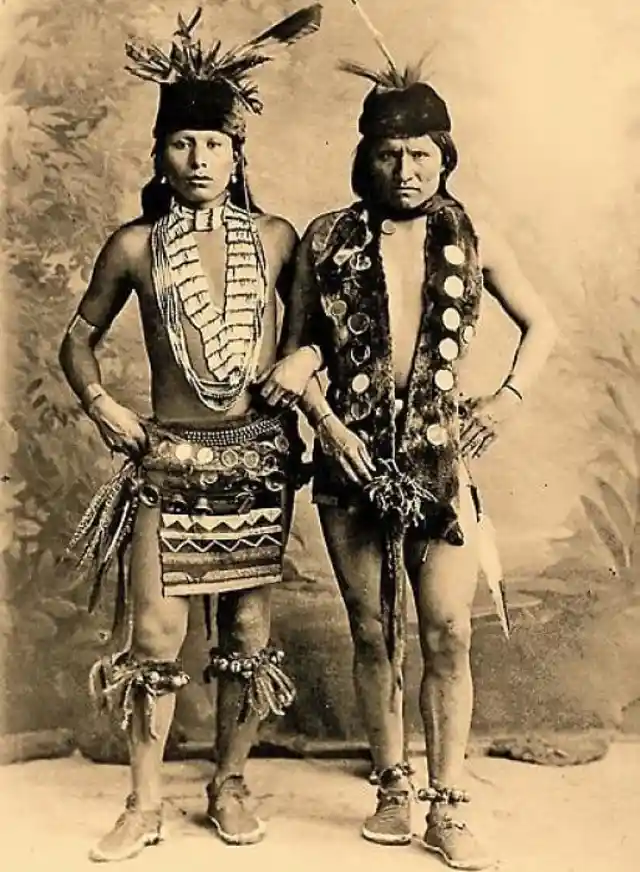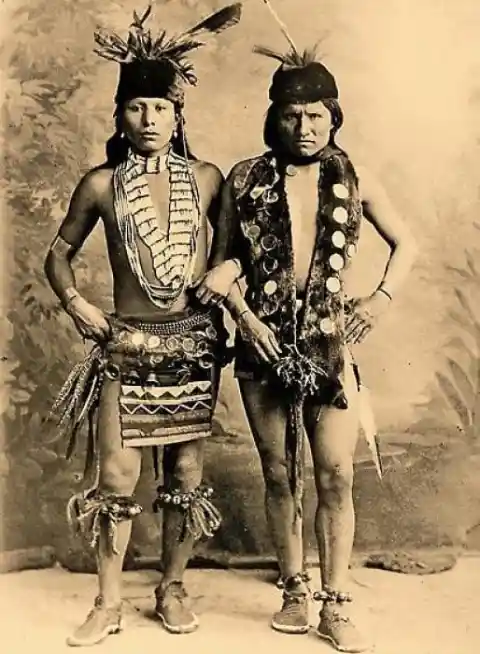The Old West has always ruled the frontline of fame and name for its horrific and enigmatic past. The lawless land was under the reign of large-scale bloodshed and elimination of indigenous tribes. These incidents have thrown up enough bits for intriguing plots for silver screens. Not just that, various explorers have penetrated the intricate past to illuminate the gloomy age before the world. However, there thrive many engaging elements away from the eyes of the overhyped world to leave souls breathless. They take one through the past imprints to speak for the transpired bits characterizing the perturbing period. Setting the ground for a close encounter with the tales, here are a few breathtaking pictures of the Old West.
The Deadly Quest
The dried stretch of land in California and Nevada had been the focal point of the California Gold Rush of 1849. The hottest place received trails of explorers questing for traces of gold. Oxen and wagons took on the burning sand for their masters to rake in the windfall gains. But the severe surroundings and living conditions imperiled the lives in transit. Fears came true when a group of pioneers died in the desert. Looking back at the ruthless area, one of the rescued men gave it its much-known name, The Death Valley.
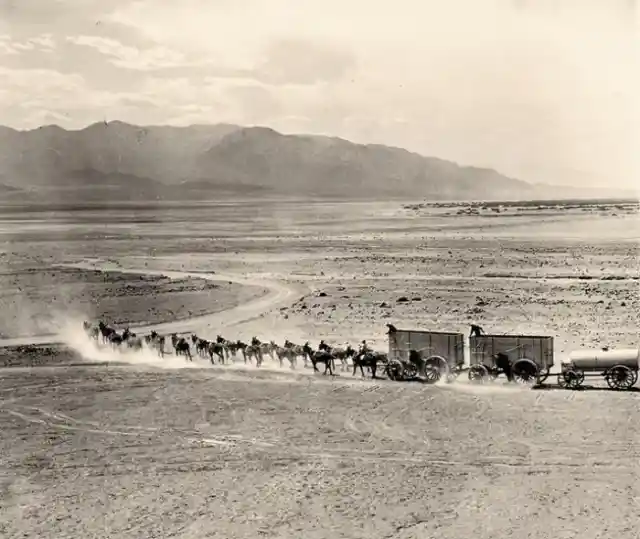
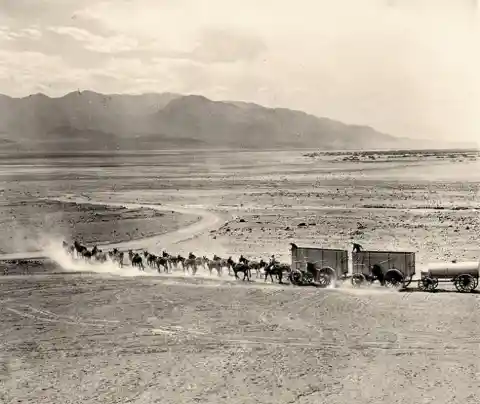
Seth Bullock- Law Guardian
Donning sharp and cold looks, Seth Bullock holds his name in the history of The Old West as a stickler for the law. As the appointed Sheriff of Deadwood, he worked his best to enforce law and order in the notorious area. His life as a Sheriff had been full of adventures and risks. But his austere conduct somehow salvaged him from losing his control and privileges. His love for the strict imposition of law rang around and reached Theodore Roosevelt. He became an apple of his eyes and exalted to Marshal and served Rough Riders.
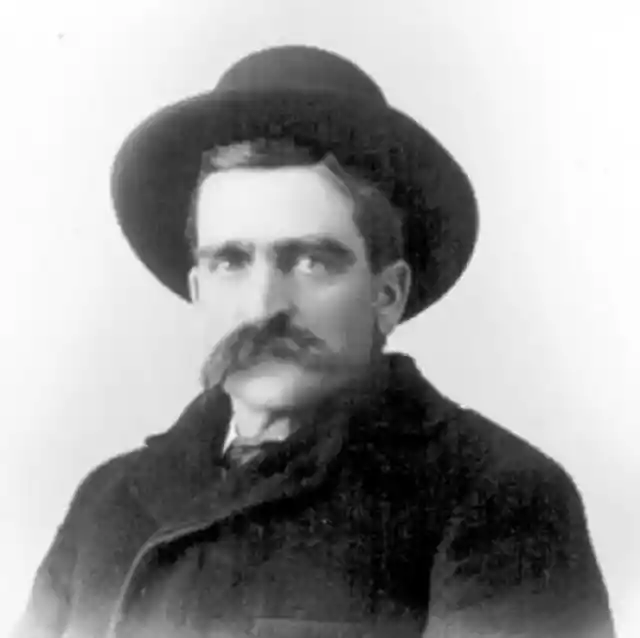
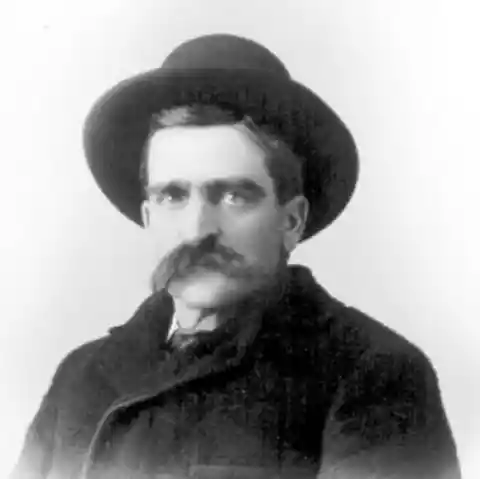
Annie Oakley- Innate Shooter
Breaking out of her harsh childhood, Annie Oakley embraced shooting as a source of living. At her tender age, she stood through hardships and won accolades for her shooting flair. From selling games, she moved to the stage of the iconic show of the time- Buffalo Bill’s Wild West Show. She stunned the audience and thumped her would-be husband Frank E. Butler. She soon took Oakley as her stage name. Defying her 5-feet tall physique and prejudice against her, she went a long way to etch her name and stressed self-defense for women.
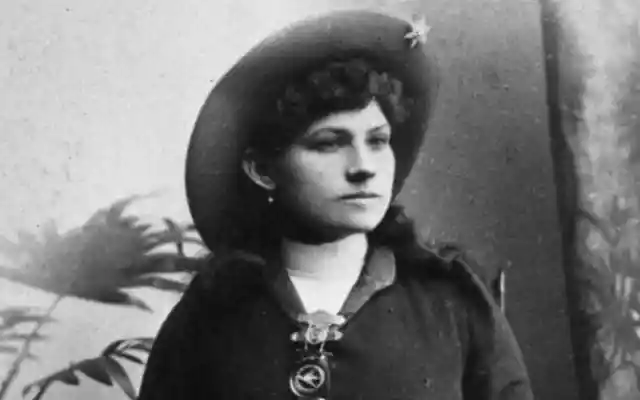
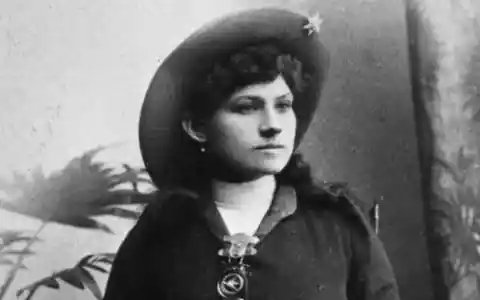
Jesse James- Cruel Guerrilla
Supporting Southern sympathies, Jesse James turned on the scene with his brother Frank James. They joined the Confederates guerillas: bushwhackers during the raging Civil War. They went ahead brutally killing soldiers and civilians alike. After that, they started looting banks and trains to goad the gang culture in the land. Not just that, he also spearheaded the James-Younger Gang and unveiled his cruelest side. Shuddered with his atrocities, the officials put an award on his head. It lured Robert Ford, his trusted gang member. He killed Jesse on April 3, 1882, and finally ended his blood-stained life.
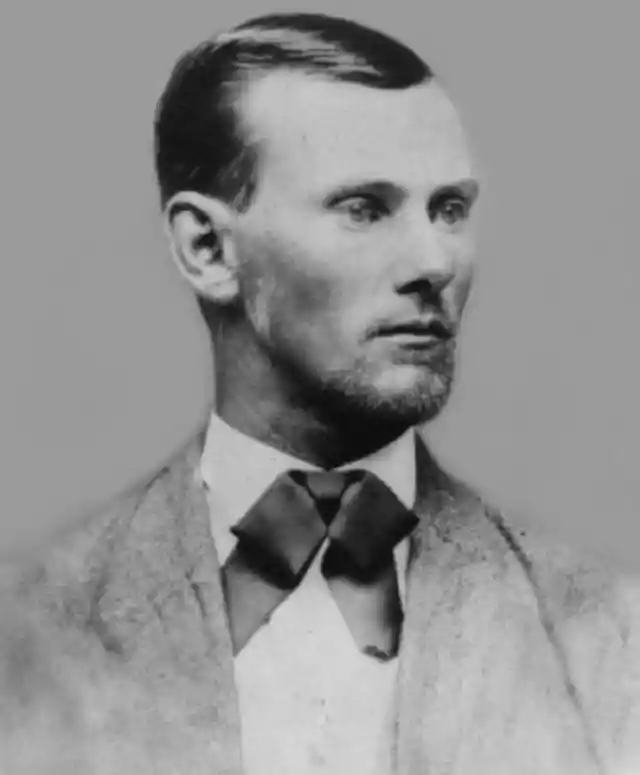
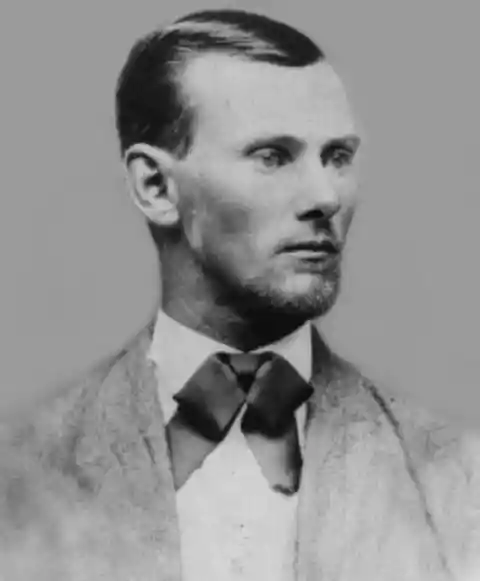
Geronimo- Apache Legend
Born in Arizona, Geronimo went ahead to take up the leadership of the Apache tribe. The medicine man won the trust of his tribesmen with his extraordinary valor. It all started when he lost his wife, children and mother to one of the raids by the California soldiers. Struck by grief, he embraced the path of avenge and led his tribe on various raids. His warfare skills put up a brave fight. Opposing increasing restrictions, he broke out of the reservation three times and died in 1909. His grit and determination squirmed military and politicians.
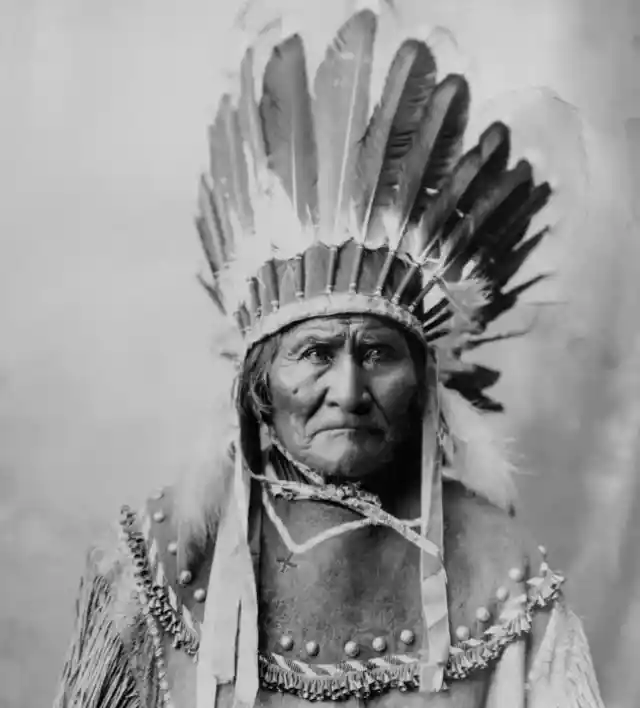

Pearl Hart- Lady Bandit
Pearl Hart shattered stereotypical manly-gang culture. She was the only female stagecoach robber in American history. Born in 1871 (Canada), she had an affluent childhood. But her association with Hart twisted her life. Things got worse for her with her husband. She ended up in many obnoxious phases of her life. Her husband volunteered for the American-Spanish War. The shortage of money made her team up with Joe Boot. They executed one of the last stagecoach robberies in the US and landed in jail. Pearl Hart’s sentence was cut short to 2 years from 5 years.
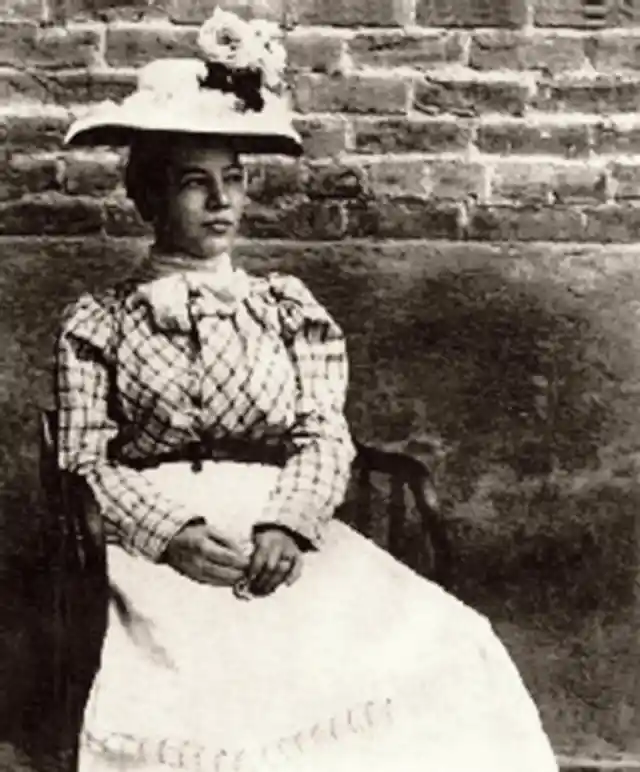
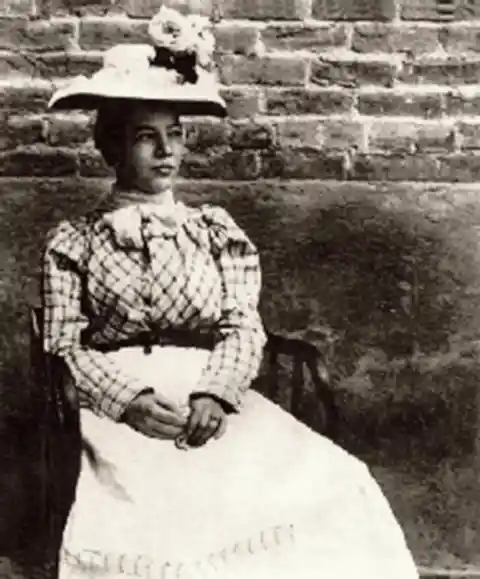
Masterson And Earp- The Skilled Lawmen
Bat Masterson had a versatile life with different livelihoods. Born to an Irish family, he went ahead to earn his name as an Army scout, gunfighter, journalist et al. But he rose to fame when he crossed roads with Wyatt Earp in Dodge City. The duo joined hands together to enforce law and order in the area. The lawmen clamped down on many notorious gangs. But unlike Bat, Earp had to go through many bumpy phases of his life. He had to pay for his enforcement actions with the death of his brother.
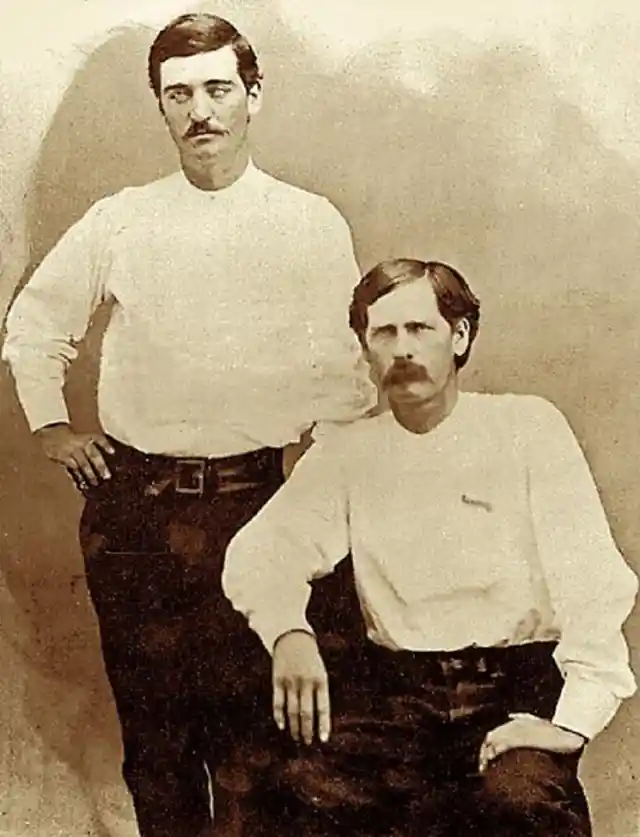
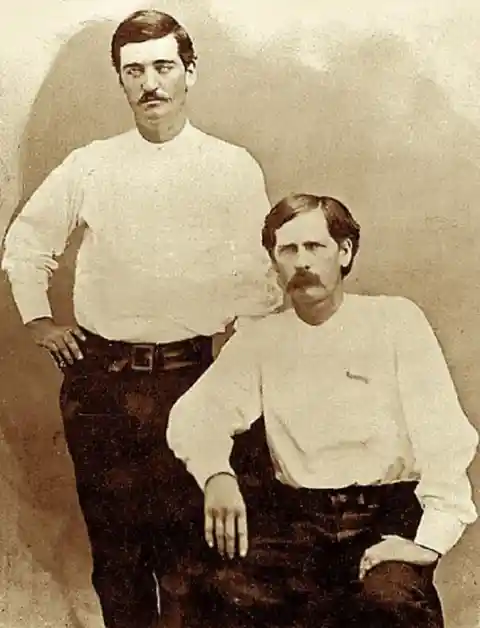
The Multi-Hued Rufus Buck Gang
Providing a multi-racial hue to the gang culture, Rufus Buck Gang had African-American and Creek Indian members. With screams and blood pools marking their invasion, they pushed the level of atrocities in the area. These ruthless members went ahead to loot, plunder, rape and murder whatever came in their way. Led by Rufus Buck, they ruled the Indian Territory of Arkansas-Oklahoma. Their burgeoning cruel footprint brought officials together. The lawmen and Indian police of the Creek Light Horse joined hands and captured the gang. The members took their last breath on July 1, 1896.
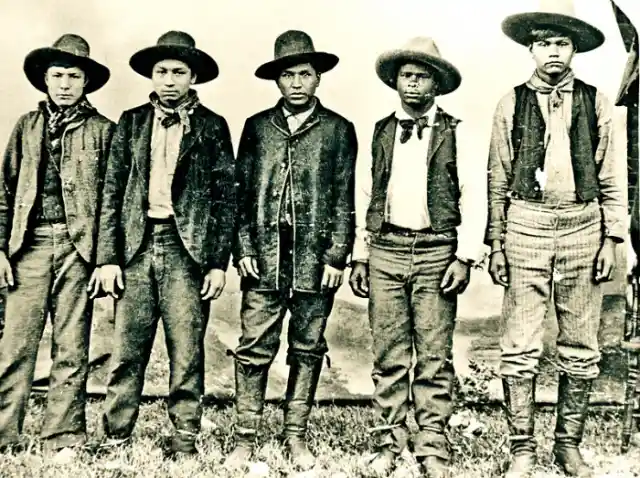
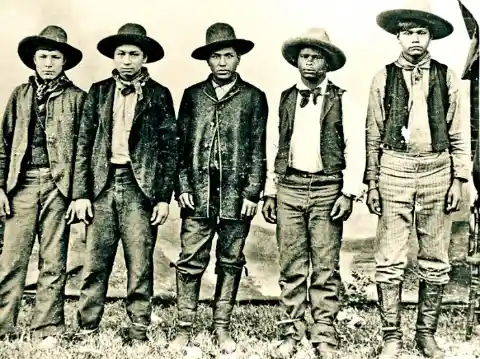
Rose Dunn- Contentious Love
With beauty making her aura, Rose Dunn ruled many hearts around her. Her brother’s involvement as outlaws facilitated her meet with a notorious outlaw named George Newcomb. She fell in love with him and became loyal to his gang. She began serving and nursing the members with her kindness. She undertook different roles and helped them escape the law. Finally, officials put a $5000 award on Newcomb’s head. Her brothers relieved them by killing him in 1895. But people began to accuse Rose of plotting his killing. Her brothers cleared her of the charge.

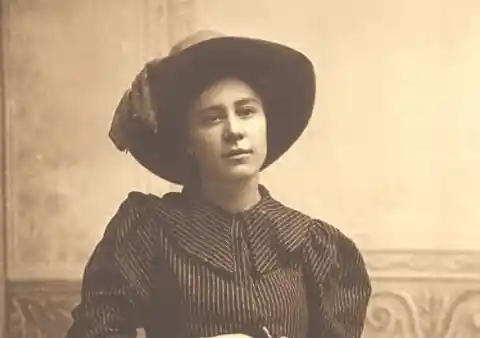
Chief Joseph- Nes Perce Leader
Exemplary determination and commitment come into the picture with the mention of Chief Joseph. He took charge of the Nes Perce tribe. As a beacon of hope for his people, he fought against the officials who shifted them to a small reservation in Idaho Territory. The conflicts nudged him to take a different turn for his people. He led 700 men, women and children for refuge in Canada. It resulted in an 1170-mile fighting retreat called Nes Perce War. However, he had to surrender 40 miles from the Canadian Border for the safe return of his people.
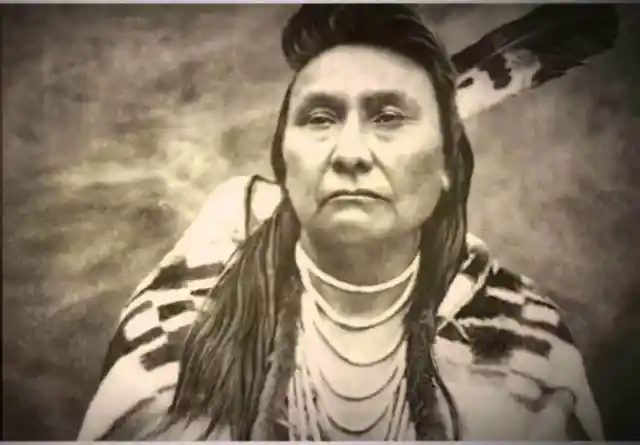
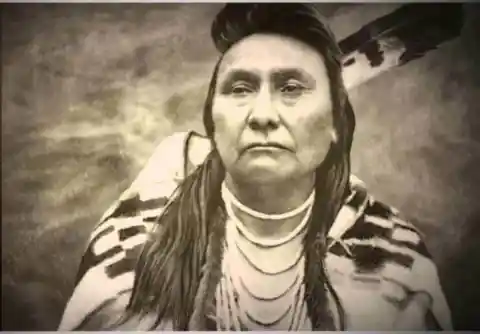
Kit Carson- Legendary Frontiersman
True frontiersmanship in the Old West cherishes the illustration of Kit Carson. Born in 1809, he began as a fur trapper in his teenage in the West. With time, he rose to fame as a trusted guide in Mexican California. Designated as the Indian agent in the American-Mexican War, he went ahead to take on the opposition in the area. He led Hispanic volunteers and routed Navajo, Mescalero Apache, Kiowa, and Comanche tribes. He left the service after reaching the Brigadier General rank owing to his poor health. He finally left the world in 1868.
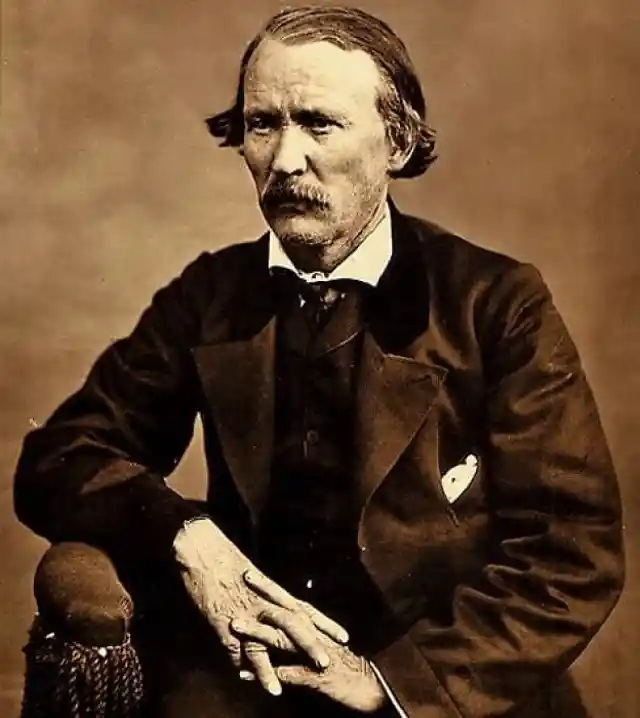
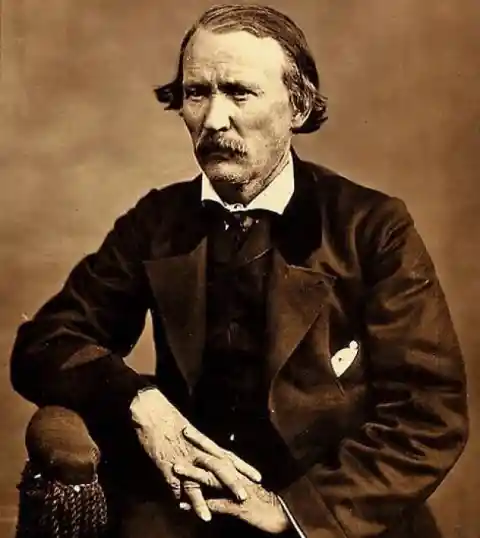
Tiburcio Vasquez- Californian Bandit
Tiburcio Vasquez wailed into the world in 1835 (Alta California). With gang violence overshadowing his growing years, he developed a fascination for Anastacio Garcia. His admiration for the bandit pulled him to Garcia’s fight that killed a Monterey Constable in 1854. Fearing proceedings against him, he escaped and got the title of an outlaw. He joined Garcia and embarked on murderous sprees in the area. Denying criminal charges, he claimed himself to be a defender of rights. He executed four prison breaks that killed 20 convicts. His final capture led to his hanging in 1875.
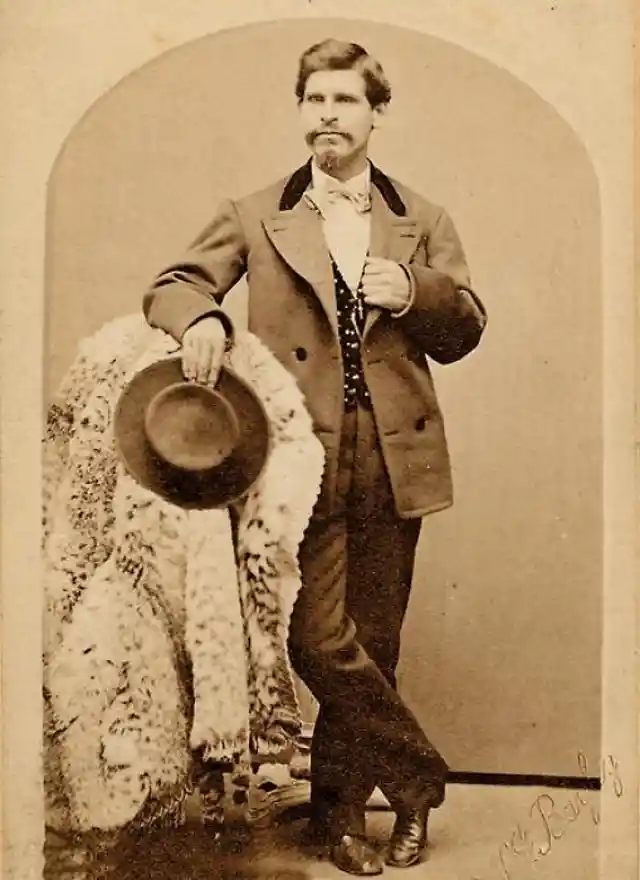

Ned Christie- Innocence Denied
Standing apart from the ill-famed bandits, Ned Christie was a well-known statesman. He donned the privilege of being a member of the executive council and an adviser to Principal Chief Dennis Bushyhead. However, his star-laden career got in a tailspin. Charges of the murder of a U.S. marshal accumulated against him in 1887. He pleaded not guilty but in vain. He absconded for five years. Officials finally placed an award over his head. Fate deceived him, and he got killed in 1892. It was only after his death that his innocence came to light through a report in 1918.

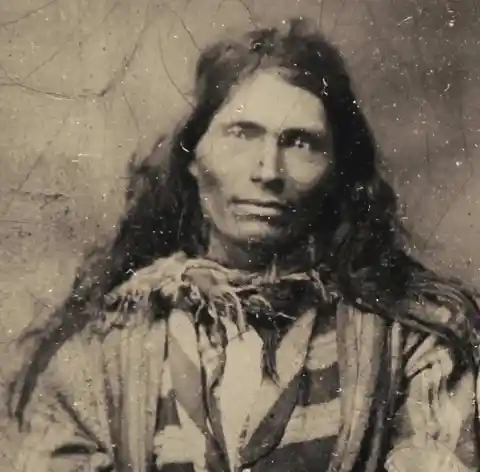
Belle Starr- Mysteriously Dead
Born on February 5, 1848, Belle Starr altered the men dominated aspirations for gangs. Her life came under the shadows of gang culture when she moved to Scyene with her family after an attack in her hometown Carthage. The movement facilitated her association with gangs like Jesse James and the Younger brothers. With involvements in crimes, she got many warrants and charges against her. She reared many illegal enterprises through robberies and thefts. Her shooting and horse-riding skills helped evade lawmen many times. She was found dead in 1889 in mysterious circumstances with shot wounds.
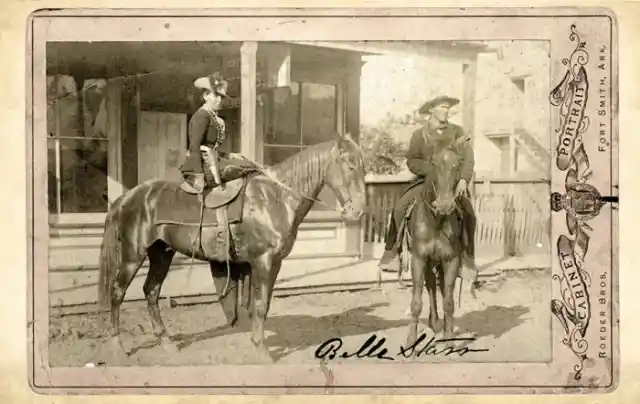
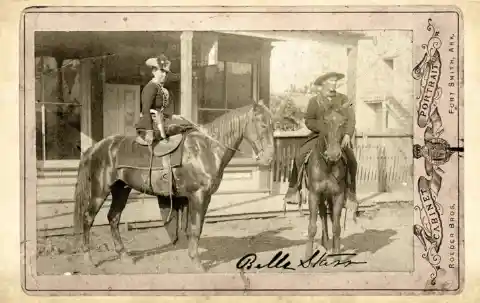
Cowboy Stars
John Horton Slaughter commands high respect in American history as a great lawman. Supporting various interests, he also earned a name for his poker moves. However, he rose to fame when he served the Confederate States Academy during the Civil War. After that, he turned as a cattle driver with his brother in 1874 in Atascosa County. He expanded by setting a ranch in Arizona and purchased the San Bernardino Ranch. Owing to his competence, he became the sheriff of Cochise County, Arizona. He tracked down many tribal leaders like Geronimo with his cowboys.

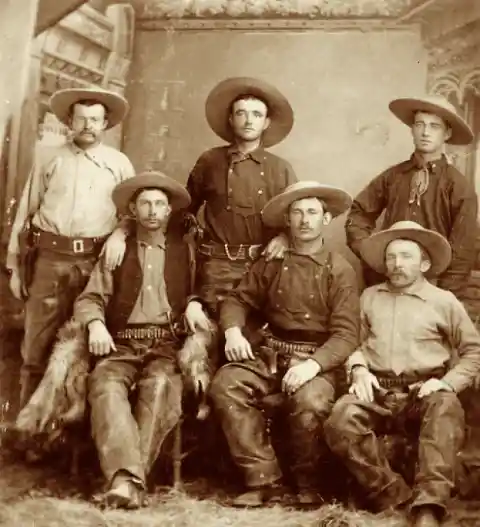
Johnny Ringo- On The Loose
Johnny Ringo was another name on the outlaw list. Inthe 1870s, he landed in Mason County (Texas). There he met a formidable ex-Texas Ranger named Scott Cooley. His company dragged Ringo in the Mason County War. During War, Ringo ended up murdered on September 25, 1875. Ringo got a reprieve and came out of the cell. Moving to Cochise County, Arizona Territory, he got associated with Cochise County Cowboys. Many robbery charges stacked against him. He got involved in many slugfests like with Doc Holiday. His dead body appeared in 1882 in mysterious circumstances.
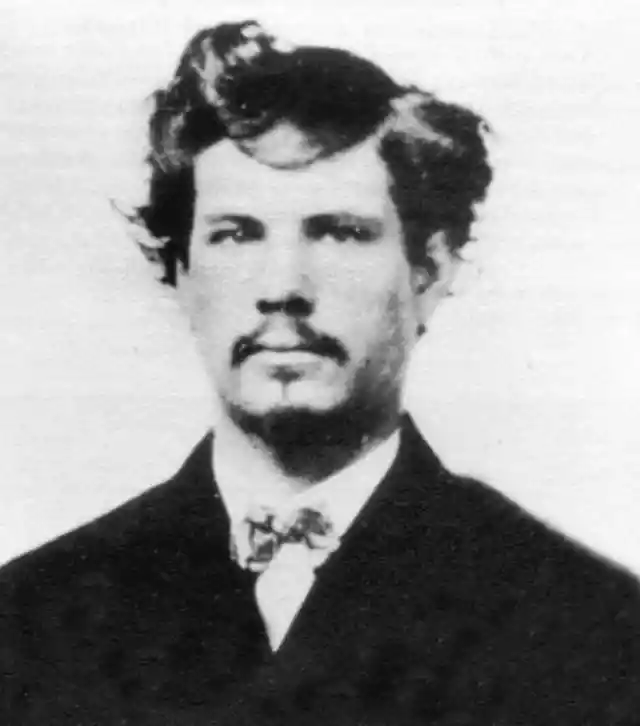

The Apache Kid- Harnessing Apache Origins
The Chief of the Army Scouts named AI Sieber adopted the Apache Kid (an orphan in Army Camp). His Apache origins gave him the innate expertise in warfare. He got on as an Indian Scout with the U.S. cavalry. His performance sent calls for his exaltation to Sergeant. But fate had something else in store for him. In 1887, he ended up steering a riot in an inebriated state and got arrest orders. But he somehow fled, and that started his crime life. He got behind bars many times and managed to break out every time.
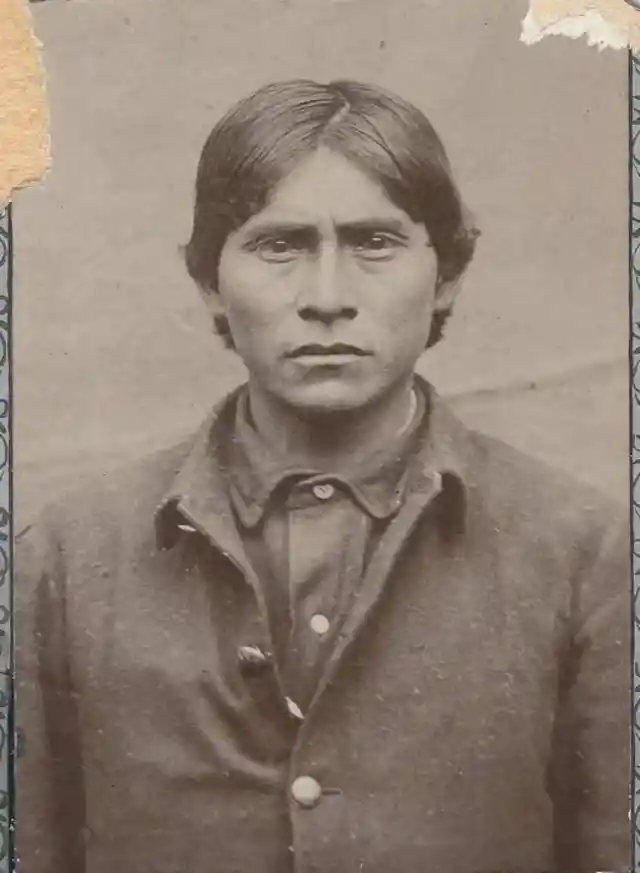
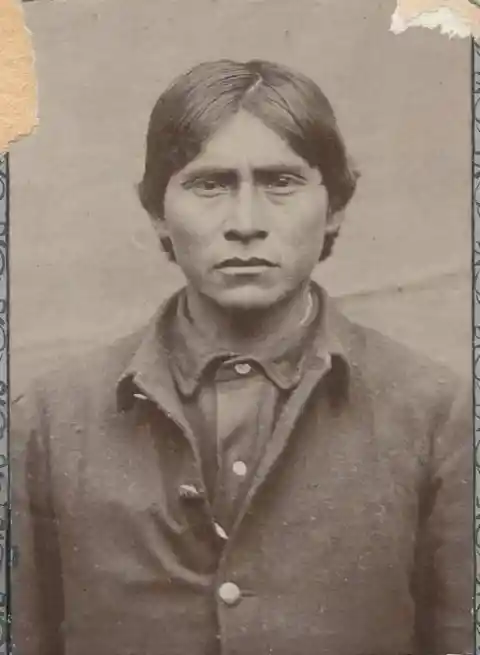
Zip Wyatt- Vicious Outlaw
The world of crime received another star with Zip Wyatt. Born as Nathaniel Ellsworth Wyatt, his life was not anonymous to sins and its branches. His father was a regular offender for his drunkenness. Thus, arrests were not unusual for him. But his crime life started in full fashion when he injured two people in Mulhall. He fled the scene and continued his criminal sprees in various ways. Many warrants and awards piled up against him as he carried out his deadly acts. His outlaw life ended with his life in 1995 with shot wounds.
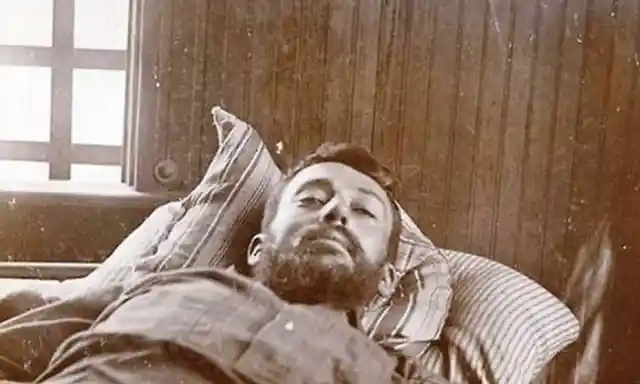
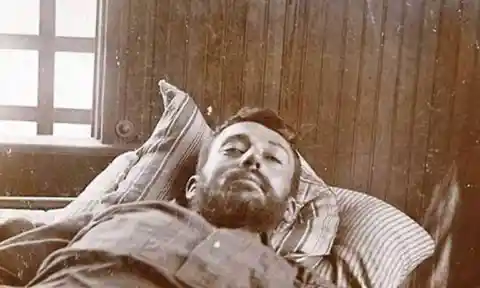
Cole Younger- Revenge Seeker
Cole Younger features for his fierce opposition to the state. He took to the trail of violence when his father lost his life in an attack by a Union soldier during the Civil War. To revenge his loss, he joined the pro-Confederate guerrillas under William Clarke Quantrill. The fire in him killed people mercilessly in a retaliatory raid on Lawrence. After the war, Cole and his brothers joined the Clement gang for their outlaw life. They committed many robberies and finally got caught. Cole managed to come out of prison and regretted his crimes.
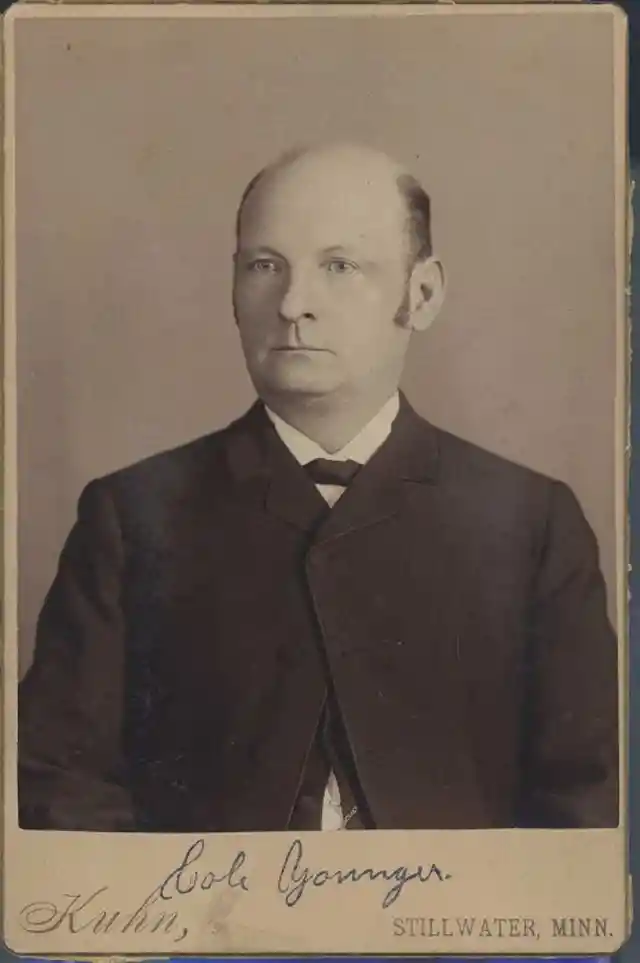
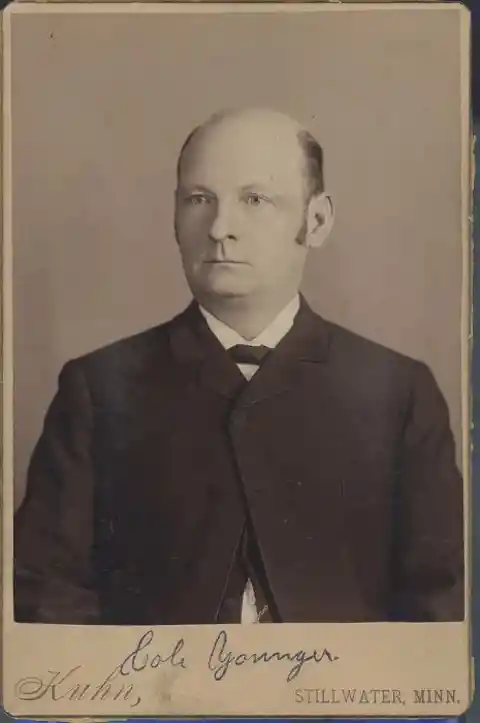
The Walk Of Death
A heart-wrenching ethnic cleansing evolved in the Old West scene when Navajo people showed up to rescue their lands against the European Americans. To ease the matter for Whites, the government ordered natives to abandon their lands in Arizona and move to New Mexico. Using force and coercion, the long walk of Navajo got started in the spring of 1864 for Bosque Redondo Reservation. Walking over 300 miles, more than 8500 men, women and children braved the severe climate conditions without any aid. The 18-day walk left more than 200 people dead and enduring health impacts.
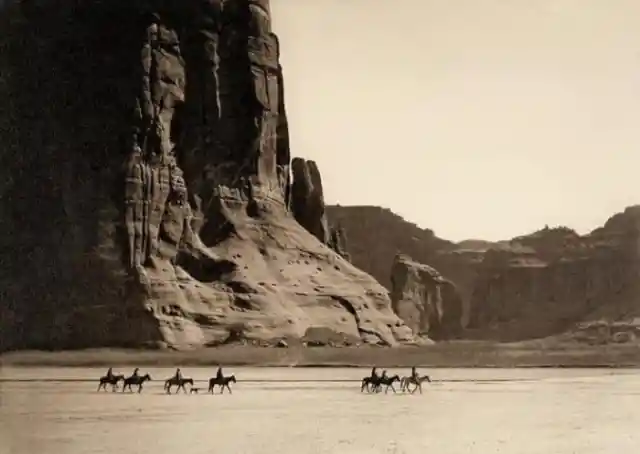
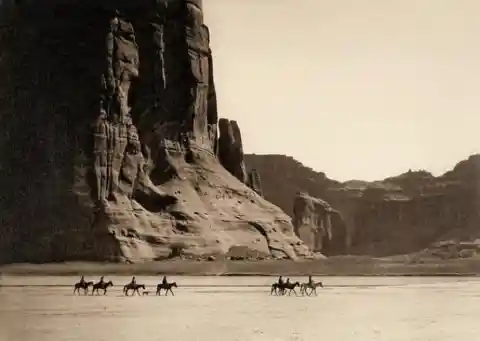
Charley Nebo- Cowboy Of Principles
Only a few in the Old West history have the privilege of being depicted in a positive sense. When the pogrom was raging around, Charley Nebo stood up against the incendiary elements that look forward to igniting violent whirls. A man of principles, he adhered to the cowboy rules and letters to lead a respectable life. Moving to Michigan from Canada in 1861, he bolstered the Union forces during the Civil War. Not just that, he also served in Texas Rangers. With Billy the Kid as his friend, he managed to saw the best in him.

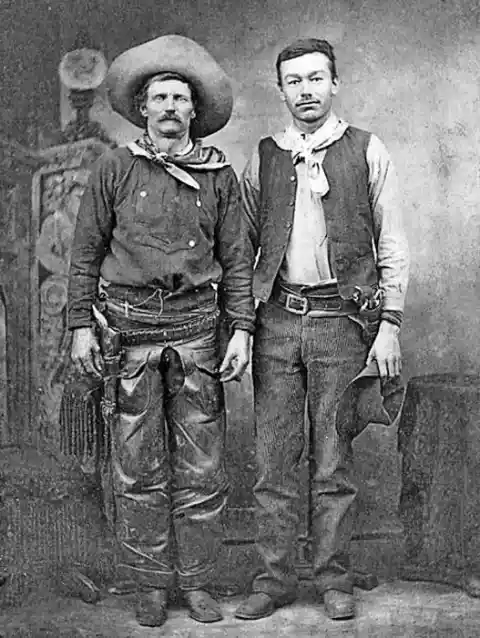
Doc Holiday- Boorish Dentist
Shootouts and gunfights make up Doc Holiday’s thrilling life. Despite being a dentist with a degree from Pennsylvania College of Dental Surgery, he earned a name for his violent sprees. He moved to Arizona after getting diagnosed with Tuberculosis. Gambling overtook him there, and he ran into Wyatt Earp, a lawman. His boorish nature got him into many confrontations and shootouts. He accompanied Wyatt in various gunfights with outlaws. The famous Gunfight at the O.K. Corral gave him an enduring recognition in the domain. He lost his life to Tuberculosis in Colorado in 1887.
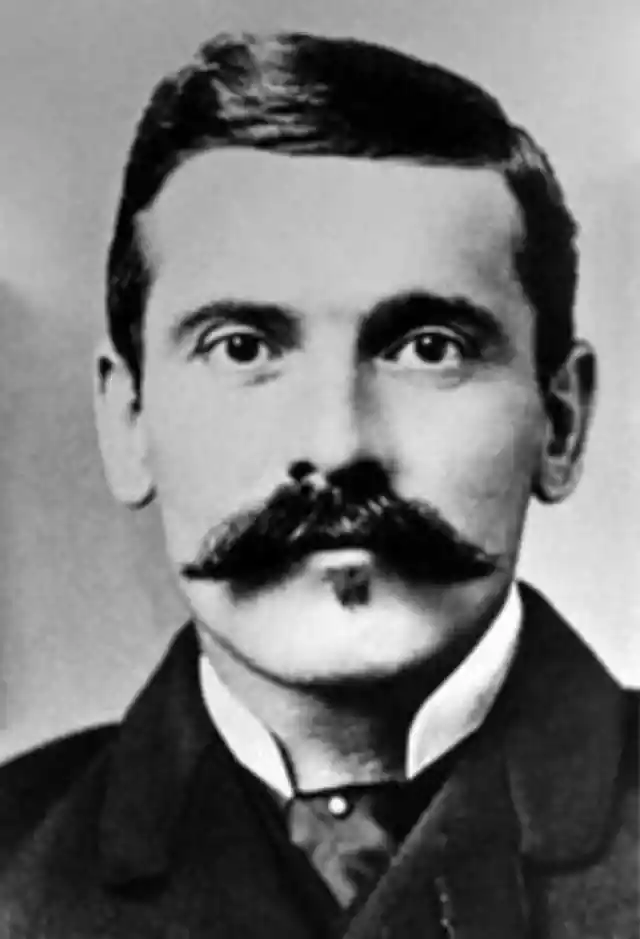
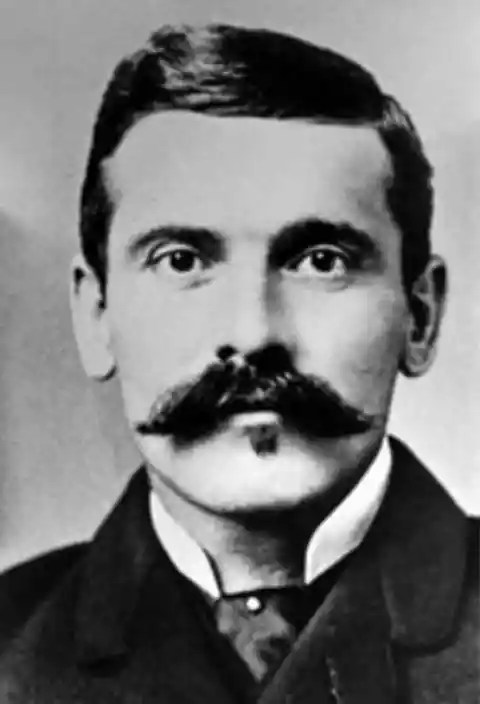
Quanah Parker- Natural Leader
Quanah Parker was a prominent figure in the Kwahadi Comanche. Donning his rudimentary looks, he emerged as a de facto leader. He won hearts with his performance in the Red River War against Colonel Ranald S. Mackenzie. Sensing the danger of elimination of his group due to food shortage, he surrendered in 1875. To ensure the safety of his people, he cooperated with Colonel Mackenzie and moved them to Kiowa-Comanche-Apache Reservation in the southwestern Indian Territory. He got the title of principal chief of the Comanche Nation. Living as a rancher thereafter, he died in 1911.
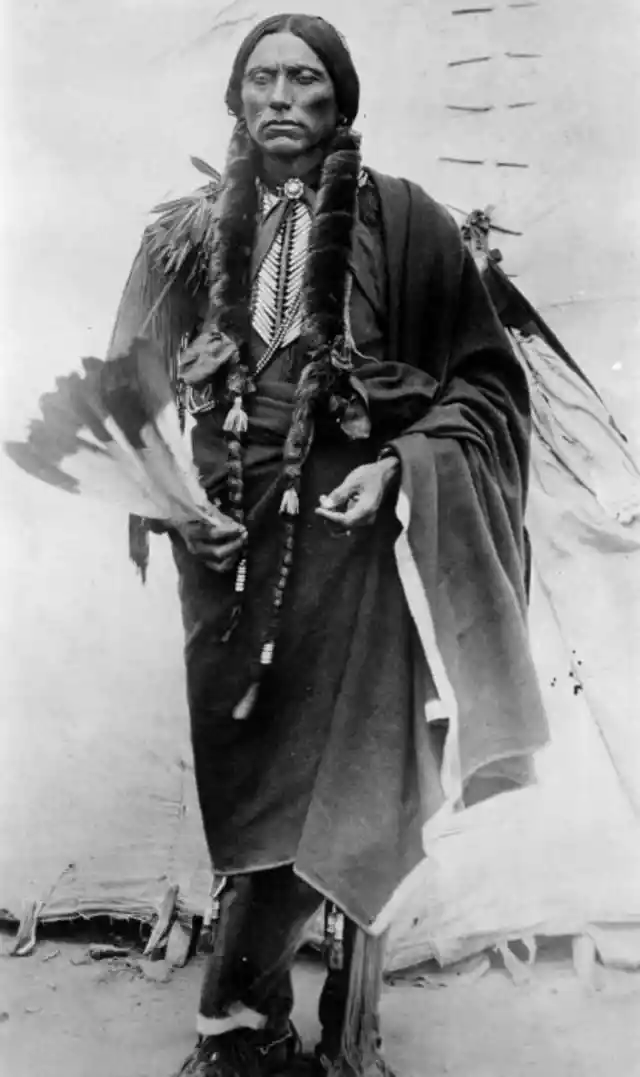
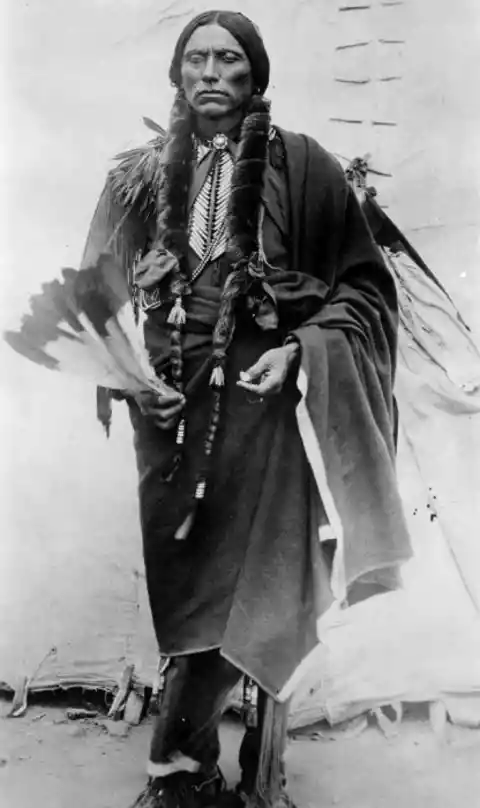
Butch Cassidy- Absconding Robber
Train and bank robberies had their king in Butch Cassidy during the Old West age. Born in 1866 as Robert LeRoy Parker, the young man pushed the robberies to their pinnacle by the end of the 19th-century. He organized and executed his plots through his gang, The Wild Bunch. Carrying on his robberies for a decade, he finally fled with Harry Alonzo Longabaugh and Etta Place to evade officials. They moved to Argentina and then Bolivia. The Bolivia Army finally ended his robbery prospects with his life in 1908. However, many call it a hunch.
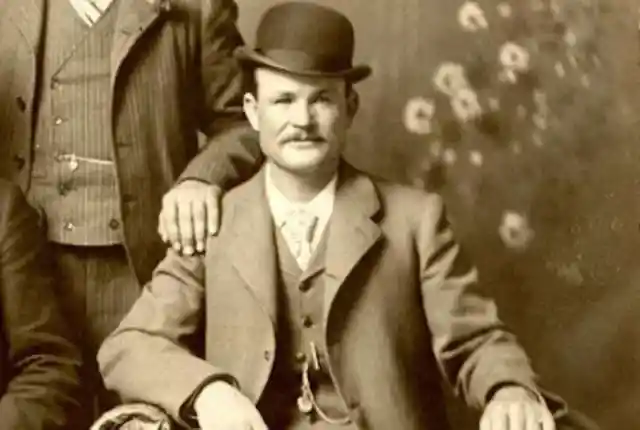
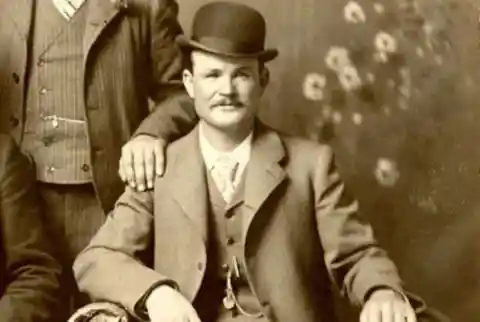
Billy The Kid- Young Outlaw
Getting orphaned by the age of 15, Henry McCarty alias Billy The Kid stepped into the world of crime. His first arrest order came at the age of 16 for stealing food. Undaunted with that, he went ahead to step up his crime levels day by day. He was also a part of the Lincoln County War. Sheriff Pat Garrett captured him. After getting a death sentence, he broke out of jail. But Garrett got hold of him again and shot him. He was only 21 and had committed 8 murders by then.

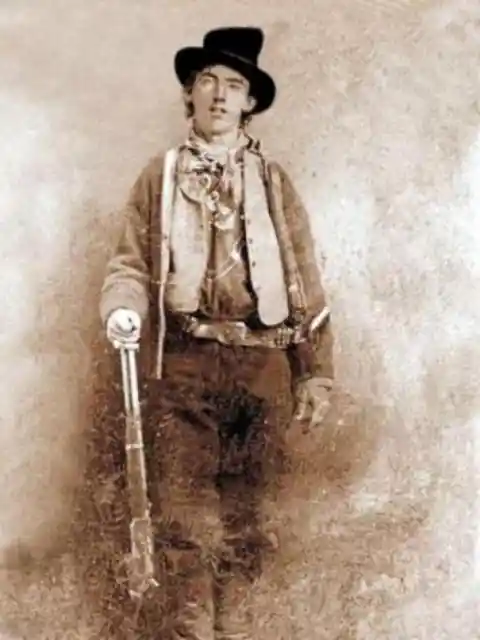
Buffalo Soldier- Black Fighter
Adding a racial prejudice to the Old West tale, there thrived an all-Black cavalry in the United States Army. Originally from the 10th Cavalry Regiment, the African American soldiers got grouped to fight in the Indian Wars. The native tribes began to call them Buffalo soldiers for disputed reasons. The attribute gathered fame and got associated with all the African American regiments dating to 1866. They won accolades for their services in the Army. However, racial abuses and attacks trailed them wherever they went. Not just that, they also received fewer awards and recognition than other regiments.
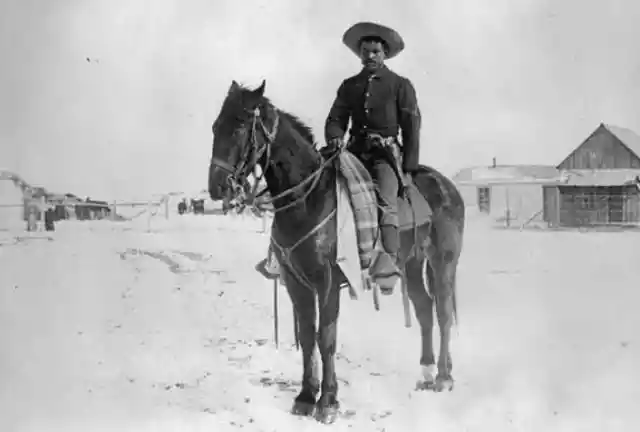
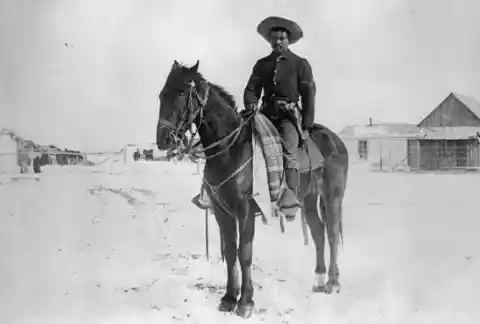
Notorious Gambling
Gambling grew as a respected pastime of the people in the Old West. Thriving at its peak between 1850 and 1910, it drew interest from all sections of society. From mine workers to lawmen, everyone developed a penchant for it and spent hours in raking gains. But the increase in population and the presence of outlaws, it became a perilous affair. People began to use unfair means to pocket more and more profits. Not just that, violent activities also began to lace their premises. It nudged authorities to pass many anti-gambling laws.
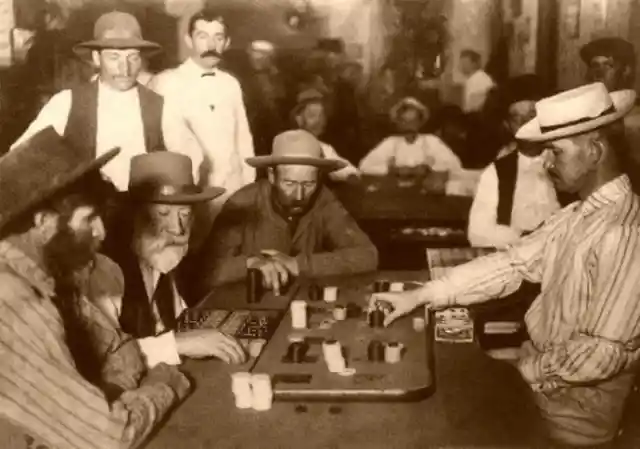
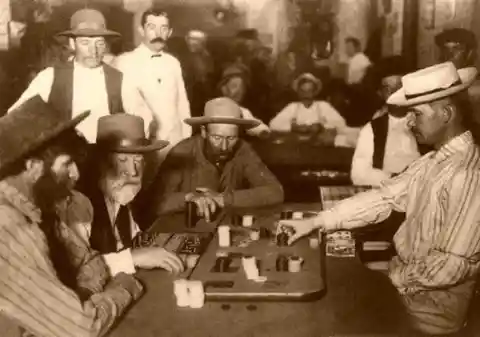
Dodge City Peace Commission- Win Sans Blood
The Dodge City was seeing change of hues and order of the day when Lawrence E. Deger won the elections. He came up with the closure of gambling, prostitution and saloon stations in the area in 1881. Luke Short, the owner of Long Branch Saloon, also got the leaving orders. However, he grew recalcitrant and drew in his friends Wyatt Earp, Bat Masterson and Charlie Bassett. That started the Dodge City War. However, things took a peaceful turn sans bloodshed with Dodge City Peace Commission. Short had to leave the town with his money.
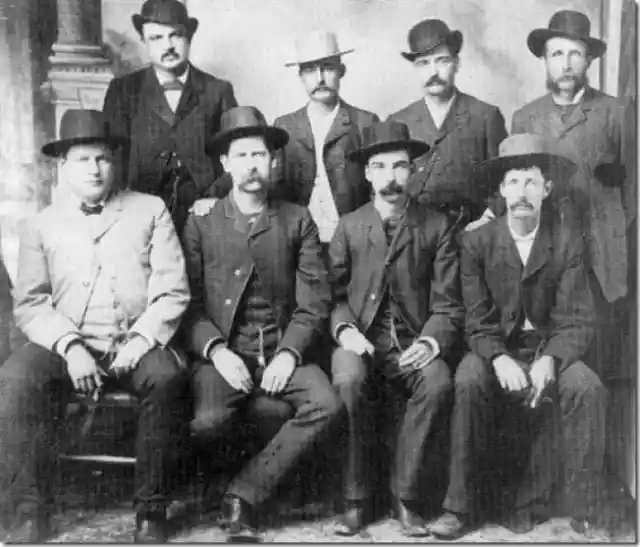
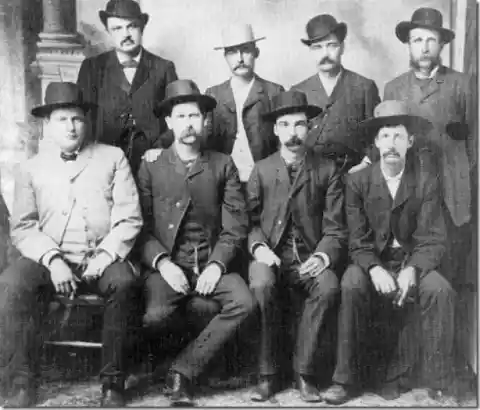
John Wesley Hardin- Deadly Outlaw
The murderous frenzies of John Wesley Hardin send a chill down one’s spine. Born in 1853 in Texas, he rose to the outlaw regime with his deadly attacks. Blood stained his hands at a very young age. He committed his first murder when he was 15-year –old. He evaded lawmen for years. Finally, in 1877, he got an imprisonment sentence of 24 years. Fearless of his fate, he went on claiming 42 murders by his hands. He came out of prison in 1894, but only to be killed by John Selman in a saloon.
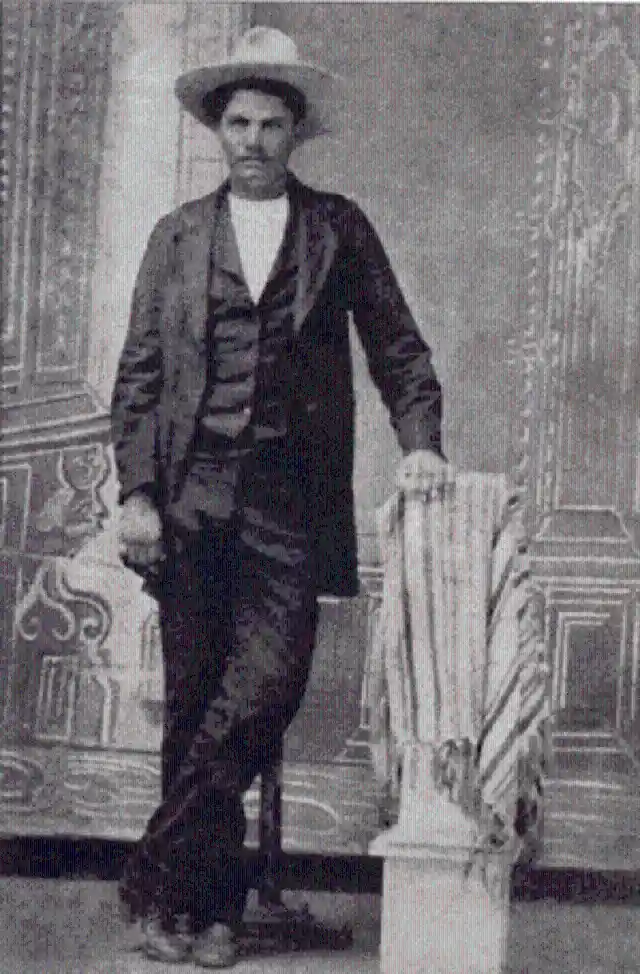
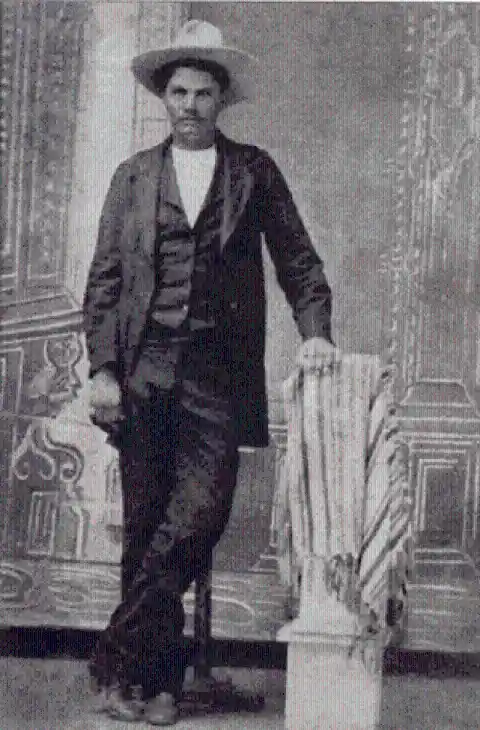
Martha Jane Cannary- Calamity Jane
The Old West witnessed not only brave men but also valiant women. One of them was Martha Jane Cannary. She was an American frontierswoman and won hearts with her exemplary attitude and bravery. Her heroic act earned her the name Calamity Jane by Capt. Egan, whom she saved in an ambush in Goose Creek (Wyoming). Apart from that, she also featured in many shows like Wild West show. She donned a penchant for men’s attire. Her toughness on the battlefield did not drain her of her kindness. Her solicitude was also well-known.
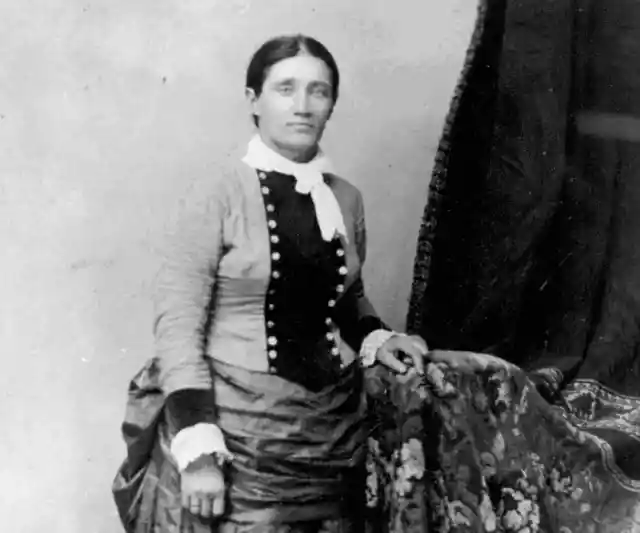
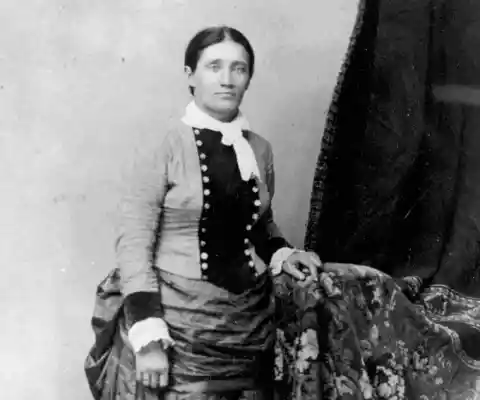
Dallas Stoudenmire- Petrifying Lawman
Dallas Stoudenmire had commanded a fierce reputation as a town marshal in El Paso. He started his career as a marshal in 1881. He rose to his formidable position with the famous Four Dead in Five Seconds Gunfight. The number of deaths in his shootouts rose significantly. Those scary gunfights managed to harbor law and order in the area with crime rates striking the bottom. However, his churlish nature and shootouts drew irk of many powerful persons. He finally breathed his last breath during a gunfight in 1882 at the age of 36.
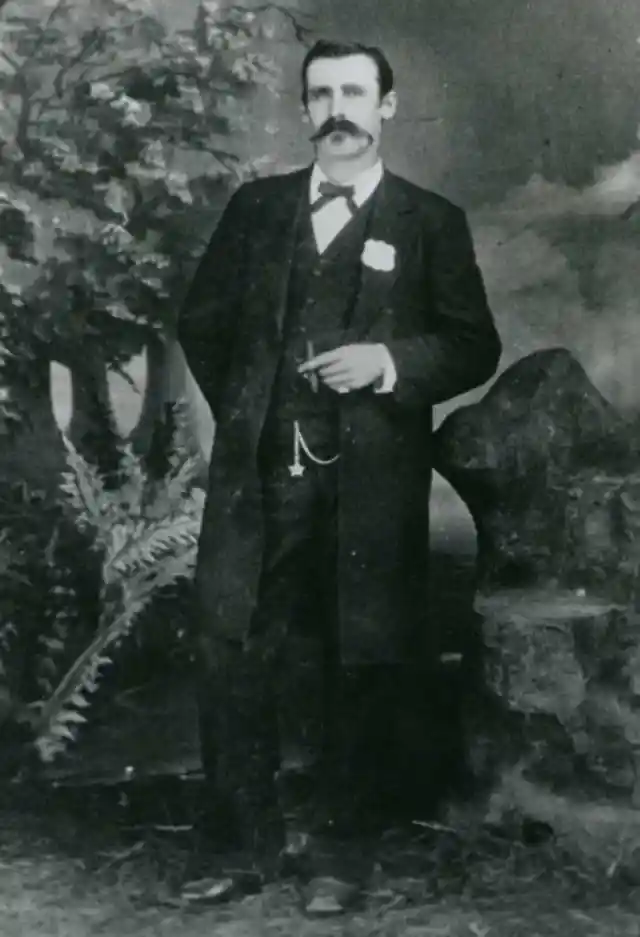

John Salmon Ford- Confederate Humanitarian
John Salmon Ford rose in the history of the Old West for his humane moves after the Civil War. Born in 1815, he was a jack of all trades. He donned the capacity of a Texas Ranger, a Confederate Colonel, a doctor, a lawyer and a journalist. Not just that, he also served as a congressman, mayor and state senator of Texas. He sprang to fame when he opened up for the adoption of a humanitarian approach towards African American POWs. His voice stood out among the cries for their elimination or slavery.
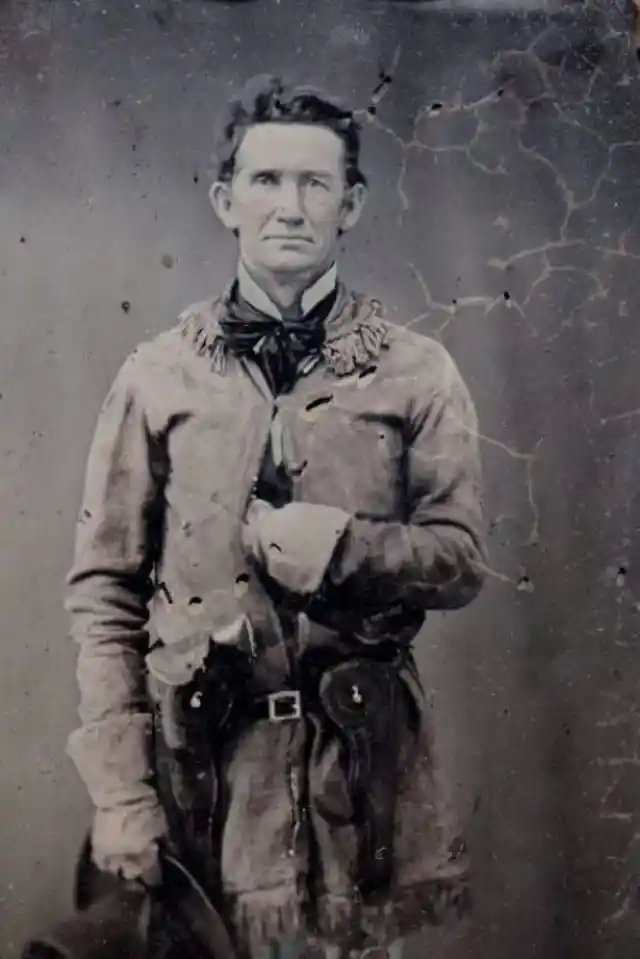

Cowboy- American Legacy
The cowboy culture continues to inspire zealots with their valor tales and fables. Indigenous to the American land, it has characterized the Old West stories with a unique charm. The cowboys of the American Frontier stood out for their style statements and honor. They came from different backgrounds making it an open-ended subject. Running ranches and tending cattle, they managed to seal their life in recluse. The thrilling horse rides added another bit to their routine. Many of them were veterans of the deadly Civil War who looked forward to relishing some serene moments.


John Coffee Hays- Competent Ranger
John Coffee Hays was one of the celebrated Texas Ranger. He served as an American military officer in Texas and handled intricate matters brewing at that time. Taking charge in the conflicted areas, he led many victorious fights from 1836 to 1848. One of these prominent fights was against the Comanche Empire in the American-Mexican War. After getting appointed as the US Indian agent in 1849, he led the migration of Forty Niners to California. During the expedition, they discovered a shortcut on Cooke's Wagon Road. The discovery came to be known as Tucson Cutoff.

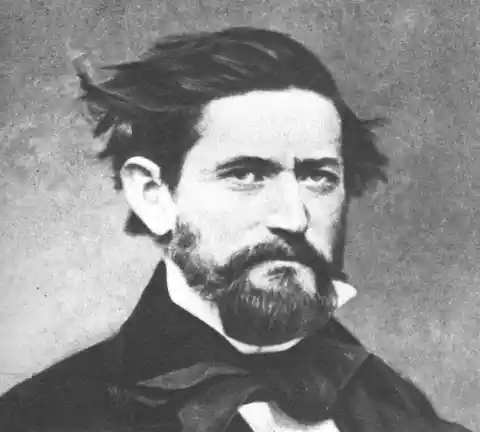
European Homesteaders- New Settlers
Homestead Acts was the rake that leveled the ground for the settlements of Europeans in the Native American areas. They bestowed Europeans with the privilege of owning 65 hectares of land (homestead) in the Old West. Settlers were to offer farming work for at least 5 years. They resulted in the transfer of 10% of the total area in the United States to 1.6 million homesteaders. These transfers acted as the nail driven into the coffins of Native Americans. Most of these land winners were Europeans. However, this opportunity was also open for the freed slaves.
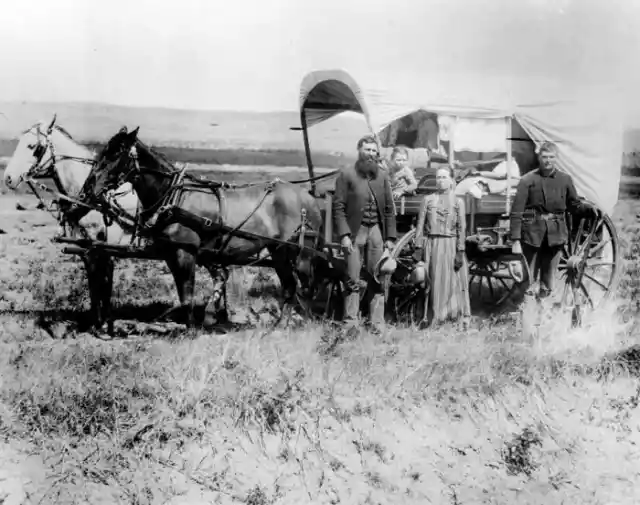
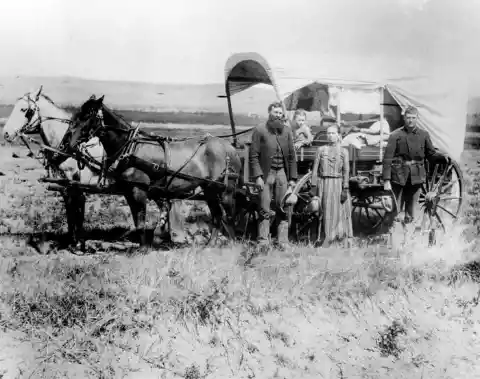
Andrea Edelman- Fashion Icon
What happens when style matches up with one’s attitude? A fashion boom is sure to ensue, isn’t it? Something of that kind happened when Andrea Edelman rose to the fore with her fearless attitude and killing looks. Running a bar with her husband, she went around casting her fashion vibes. Experimenting with the stuff available around, she soared to write her style statement. A subtle yet marveling dressing sense featured her fashion portfolio. Many articles provided her fashion penchant recognition in the Old West age. Present times also applaud her fashion sensibility.

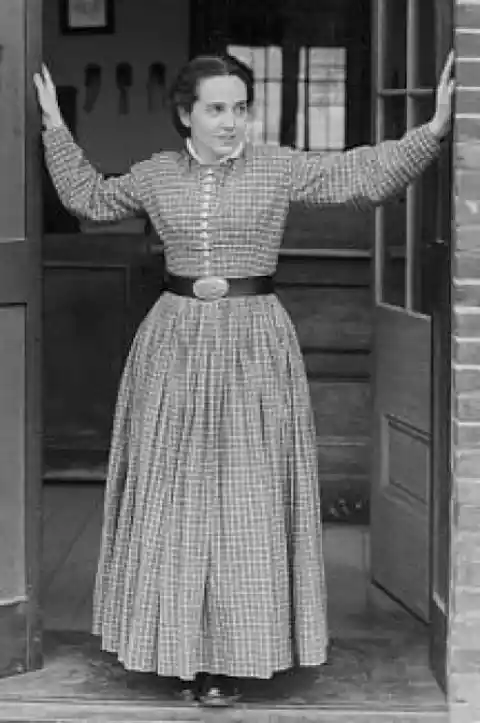
Joe Lefors- Suspicious Conviction
Tempering and manipulation of evidence is not the practice of modern times only. It also prevailed during the Old West age. A famous lawman named Joe Lefors has his name tethered to such skepticisms. He was cherishing his position when the Old West was on the brink of its elimination. He came to the limelight for arresting Tom Horn in connection to the murder of a sheepherder Willie Nickell. Soon, rumors began to spread like fire that he had manipulated evidence to falsely implicate the wrong man. The 1903’s arrest continues to be contentious.
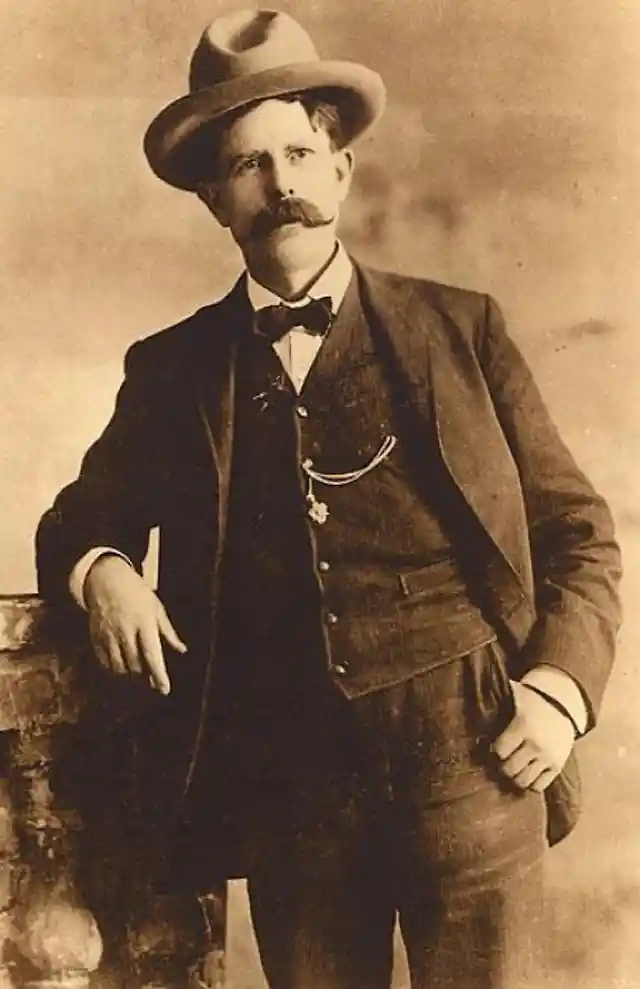

James Butler Hickok- Versatile Persona
Lawlessness raging around nurtured the early life of James Butler Hickok alias Wild Bill Hickok. Evading the hands of law, he moved to the West. Shedding his past tones, he turned a stagecoach driver. Not just that, he went on to become the lawman of Kansas and Nebraska. He proved his versatility and lived as a soldier, scout, gambler, showman, and actor. Wild Bill Hickok became an icon with his concocted stories. Many gunfights laced his life. He lost his life in a shootout at a salon while he was playing poker in 1876.

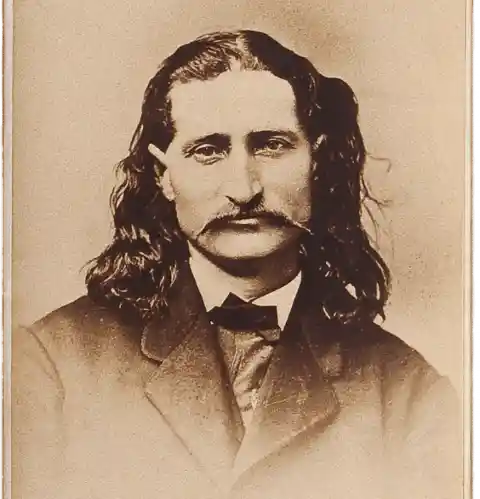
W.H. Simms- Gambling Rowdy
Gambling had grown enough to attract outlaws and rowdies streaming around the area. The growing footprints of gunfighters in gambling salons provided them with a petrifying touch. One of the scary stories associates with W.H. Simms. He once gave his autographed picture to a performer named Eddie Fox at the Jack Harris Saloon and Vaudeville Theater in San Antonio. A gunfighter named Ben Thompson, who had also given one photo to Eddie killed Jack Harris in 1882. Two years later, fate repeated itself in the theatre. But this time, W.H. Simms murdered Thompson.

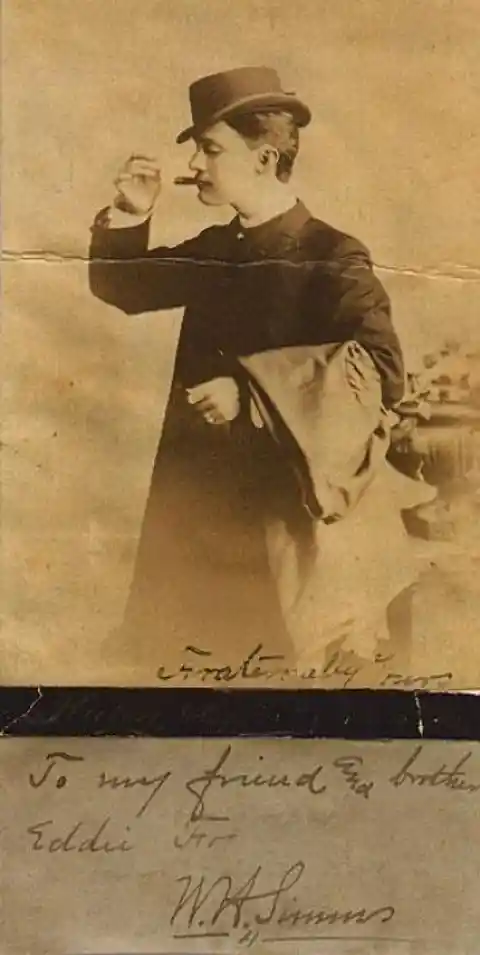
William T. Anderson- Brutish Confederate
The road to crime began for William T. Anderson when he started stealing horses for a living. Avenging his father’s killing, he killed the judge. Evading proceedings, he fled to Missouri and carried out thefts and killings. Then, he joined confederate guerillas Quantrill's Raiders. His callous image grew with his brutal acts. One of his sisters died in the custody in a building collapse. Infuriated with that, he led the Lawrence Massacre and Battle of Baxter Springs. His acts lend him the name "Bloody Bill" Anderson. He died in one of the battles.

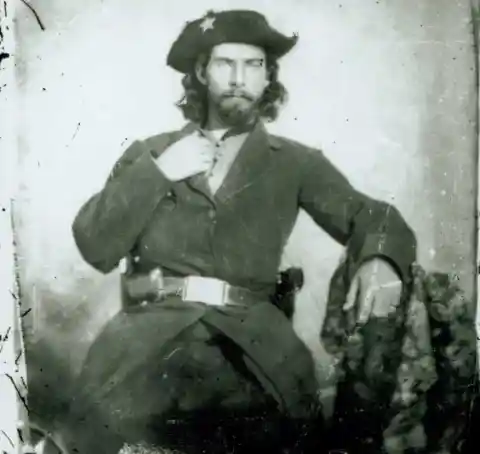
Wolf Menace
The thriving cowboy culture marked the economic salience of cattle in the land. The gains and losses of cowboys hinged upon the life and death of their cattle. Thus, they ensured the best in place for the well-being of their cattle. At that time, the significant presence of foxes around posed a great threat to the cattle crop. Purging the land of that threat, they began to capture and kill every wolf that came in their sight. The large-scale killing of wolves resulted in their elimination from Texas to North Dakota by 1900.
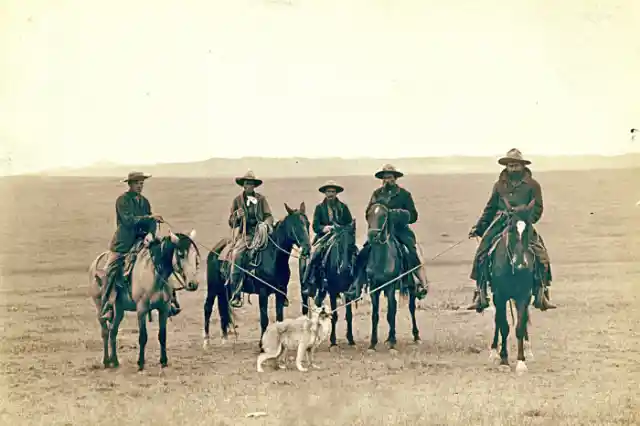
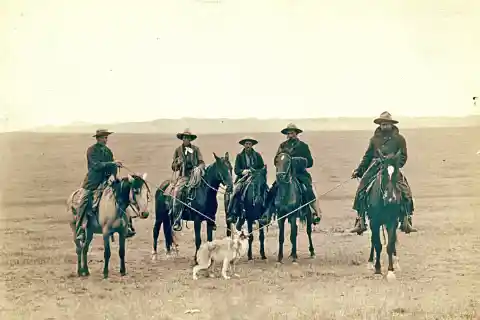
Curly- The Last Survivor
Ashishishe or Curly relishes his mention in the historical talks as the only survivor on the American side in The Battle of Little Bighorn. Witnessing the fierce battle as a Crow Scout, he saw the horrible fall of the celebrated commander George Custer’s legacy and life. After the 7th Cavalry Regiment crumbled down, he moved back to intimate the defeat of the American forces. However, many believed that he was a part of the battle and managed to escape. Various theories have been put forward on that subject.
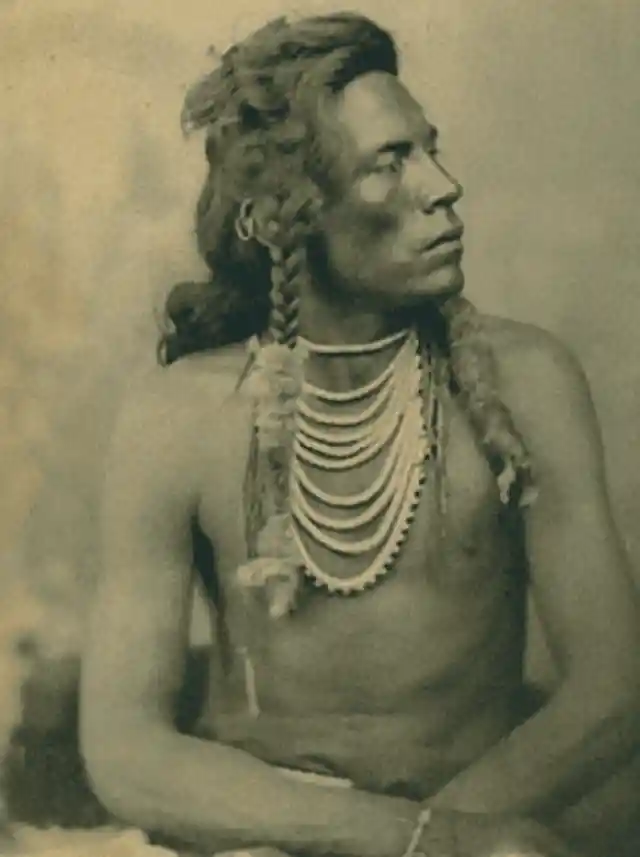
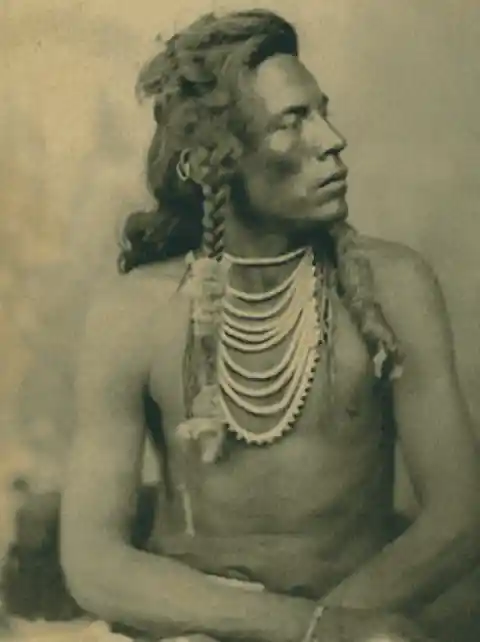
Olive Oatman- White Slave
The violence in the Old West ran in both directions. Not just natives but others also suffered the brunt of the conflict. One of the oppressed souls was a woman named Olive Oatman. She lost most of her family members to an attack by a Native American tribe. She and her younger sister Mary Ann were captured and then sold to Mohave people as slaves. She survived the deadly phase. After five years of the attack, she got back to white society. The tattoo on her face reflected on her time with the Mohave tribe.


Black Elk And Elk- Tribal Legends
The Old West was home to many Native American Tribes. When white settlers trampled on their land, they fought with valor. Two of these legendary tribal people were Black Elk and Elk. Born in 1863, Black Elk stood through various iconic battles of his tribe Oglala Lakota (Sioux). He witnessed the ferocious Battle of Little Bighorn. He also got along with Buffalo Bill’s Wild West Show. After that, he embraced Christianity and narrated his story to writer John Neihardt. That led to Black Elk Speaks (1932) and rose to worldwide fame.
